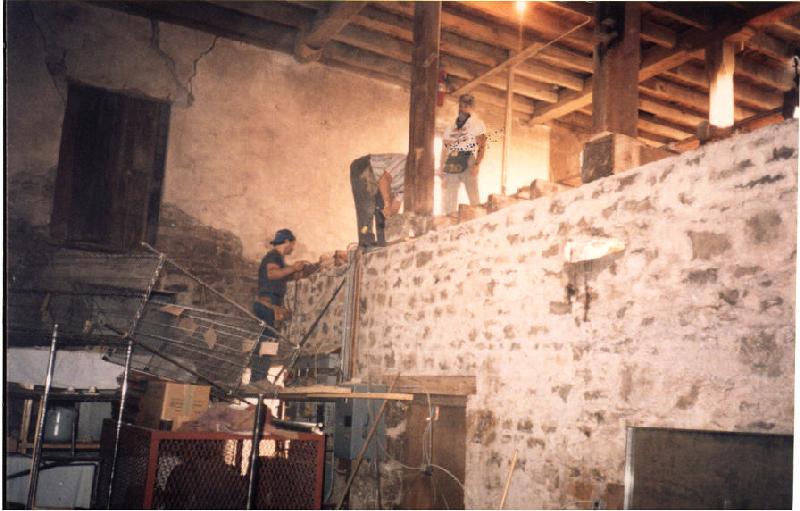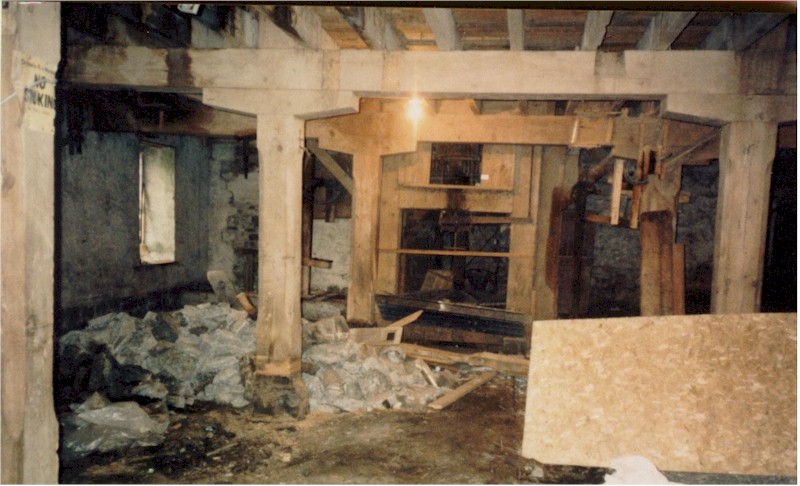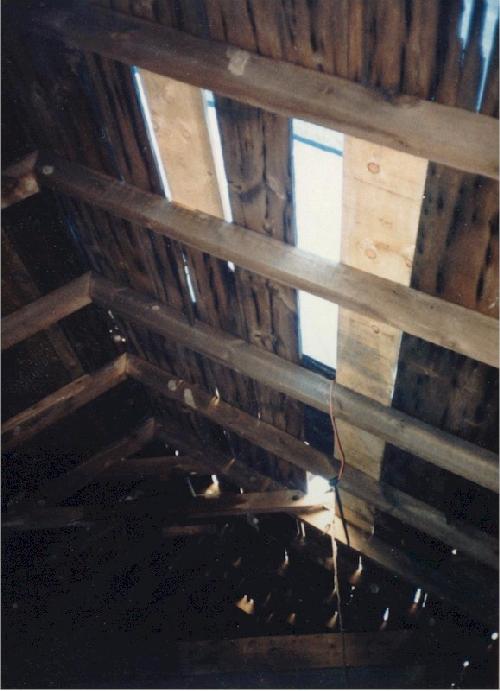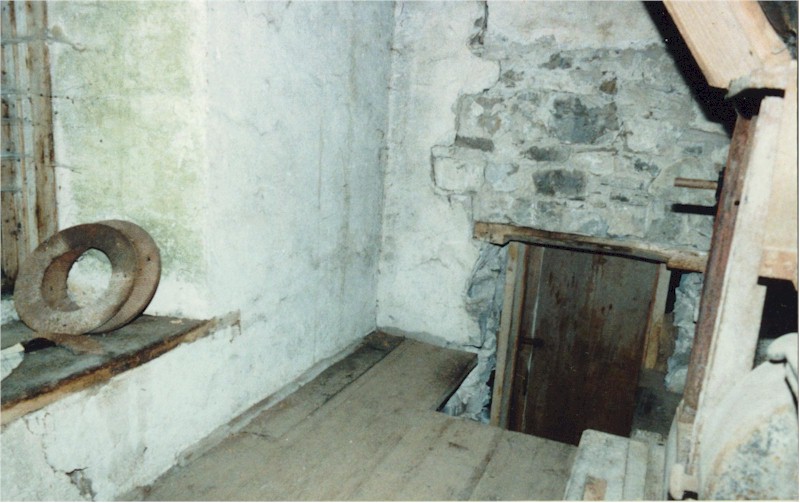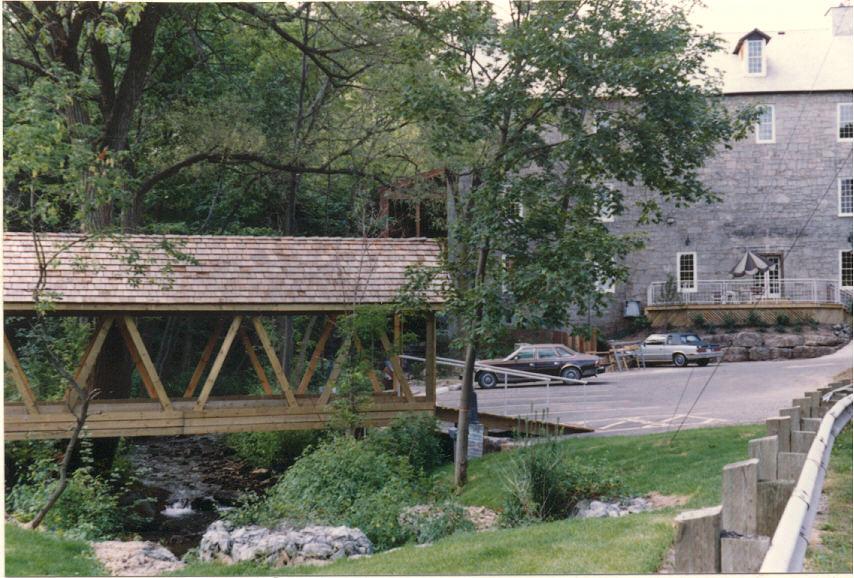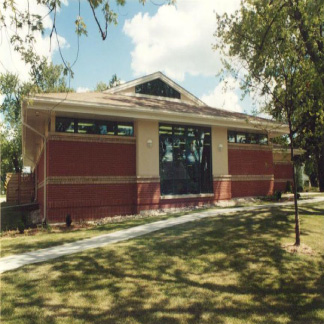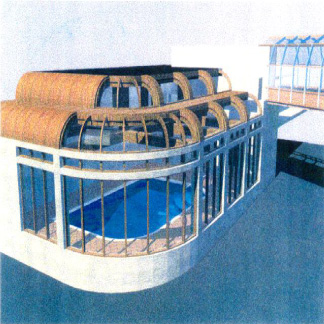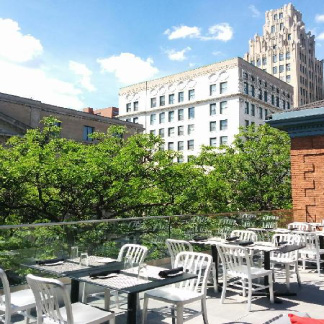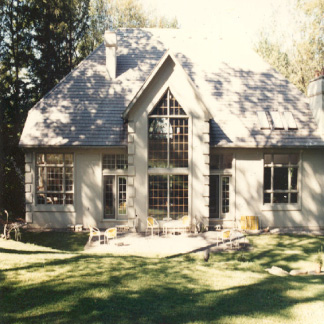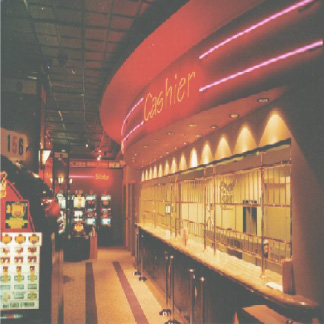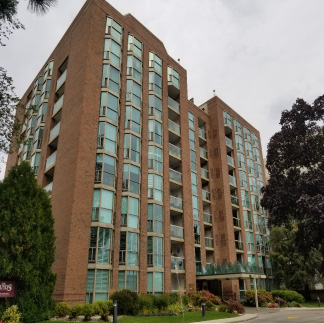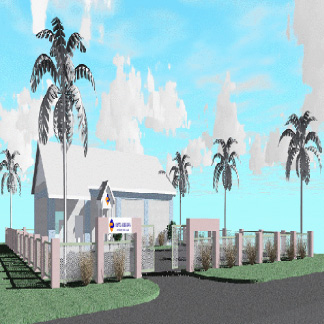HOSPITALITY
ANCASTER OLD MILL INN
Ancaster, Ontario
Like all buildings of that era, the damage was extensive and the entire building was stripped back to the basic structure. The stone foundation was in good condition and required only stabilizing. The stone raceway for the water leading to the main waterwheel had all of the mortar replaced.
The stones were left mostly as they sat and re-grouted with an epoxy mortar which was most resistant to future deterioration due to water erosion. All of the wood columns suffered from some amount of rot at the base and each had to have this section cut out and a new concrete column base poured under it.
Many of the 8" x 3" floor joists were beyond repair. The project team found a supply of 8' x 6" material of the same species in a private saw mill in northern Ontario and had them cut in half to match. Pieces of the rough board planking which could not be repaired were replaced from a variety of locations.
To achieve the required fire separations all wood structural members were treated with a fire retardant. A 2" layer of gypcrete was placed over the planking to achieve the fire and smoke separations and to level the floors to receive new floor finishes.
The elevator, new stairs, kitchens, serveries, washrooms and other spaces were designed in a style to compliment the original wood elements.
The biggest challenge was accommodating the mechanical systems. All supply air was provided by exposed spiral ducts left exposed. The kitchen exhaust was hidden within two new chimneys designed to look like original components. The supply air intakes were hidden within the sidewalls of two new dormers so as to be almost non-visible.
The exterior presented two interesting challenges involving the Ontario Ministry of Citizenship and Culture who had supplied some funds for the restoration portion of the work. In the first, the Ministry examined the existing roof and sheathing, looking for square nail holes (nails of the period were square) to determine the size of the original cedar shakes. The team then had to look all over the province for a source of White Cedar shakes in the size specified. The second issue involved the glazing.
Originally it was the Ministry's position that the windows had to be single glazed float glass as they would have been in the original mill. However, with all of the humidity that exists in a banquet center the single glazing would have resulted in unacceptable frost build up. Three months of negotiations resulted in proper double glazed windows in a pattern taken from early photographs of the mill.
Lastly; the entire grounds were carefully landscaped. Parking lots were broken up to reflect the natural contours. The covered bridge which leads visitors over the stream as well as the summer decks and new front porch are all of wood and in of a design that matches the period, giving the illusion they are all original elements


